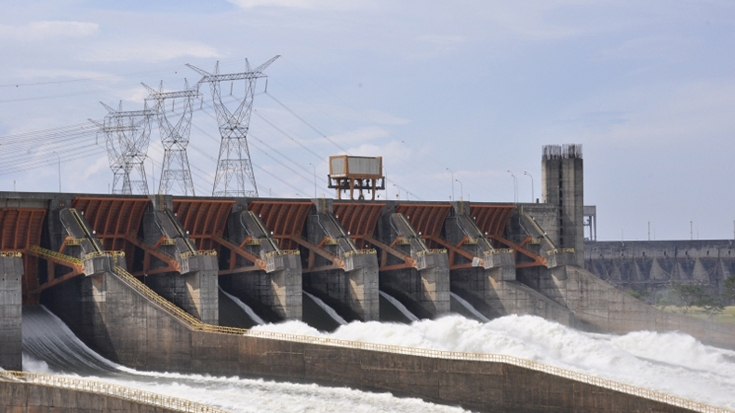Do you remember the last time the lights went out in your house? What about the last time the water went off? What would happen if these events started to occur frequently and simultaneously? Unfortunately, that is not unusual for many Latin Americans. Over the coming decades, the growing world population will have an increasing demand for water and energy, putting even more pressure on existing resources.
Given the interdependence of the water and energy sectors, the International Energy Agency (IEA) estimates that by 2035, world energy consumption will grow 35% and water consumption by the electricity sector will increase 85%, especially in the developing world.
While the global water crisis is still a future possibility, energy problems are a current-day phenomenon. Water scarcity already generates negative effects in the energy sector in many parts of the world. The relationship between water and energy is so close that when it experiences difficulties, it creates problems with water supply, particularly in the agricultural sector.
According to the World Energy Council, by 2050, for example, Latin America will increase its electric power production by 550% whereas water consumption will rise 360%. In Africa, energy consumption will increase by 700% and water use by 500%. These increases are needed to meet the growing demand for water to operate hydroelectric power plants, cool thermal power and nuclear plants and extract and refine fuels.
In this context, climate change also threatens to raise air temperatures and to cause more frequent, more severe droughts, which in turn will further reduce water availability.
A climate-change impacted world that does not protect its natural resources may suffer much more serious consequences, affecting the economic and political stability of many countries, according to the World Bank report, Thirsty Energy: Securing Energy in a Water-Constrained World.
A universal problem
Brazil is very familiar with this issue. In 2012, water levels of dams in the country’s southeast and central-west areas were at 28% capacity due to the worst drought in 50 years. This volume of water falls short of the minimum to guarantee an electric power supply.
A decade earlier, the country experienced eight months of rationing due to the drought in the northeast, which caused losses of 54 billion reales (US$ 23 billion) to industry and had a significant impact on economic growth in 2001. In neighboring Venezuela, another country heavily dependent on hydroelectric energy, the population also faced power cuts.

